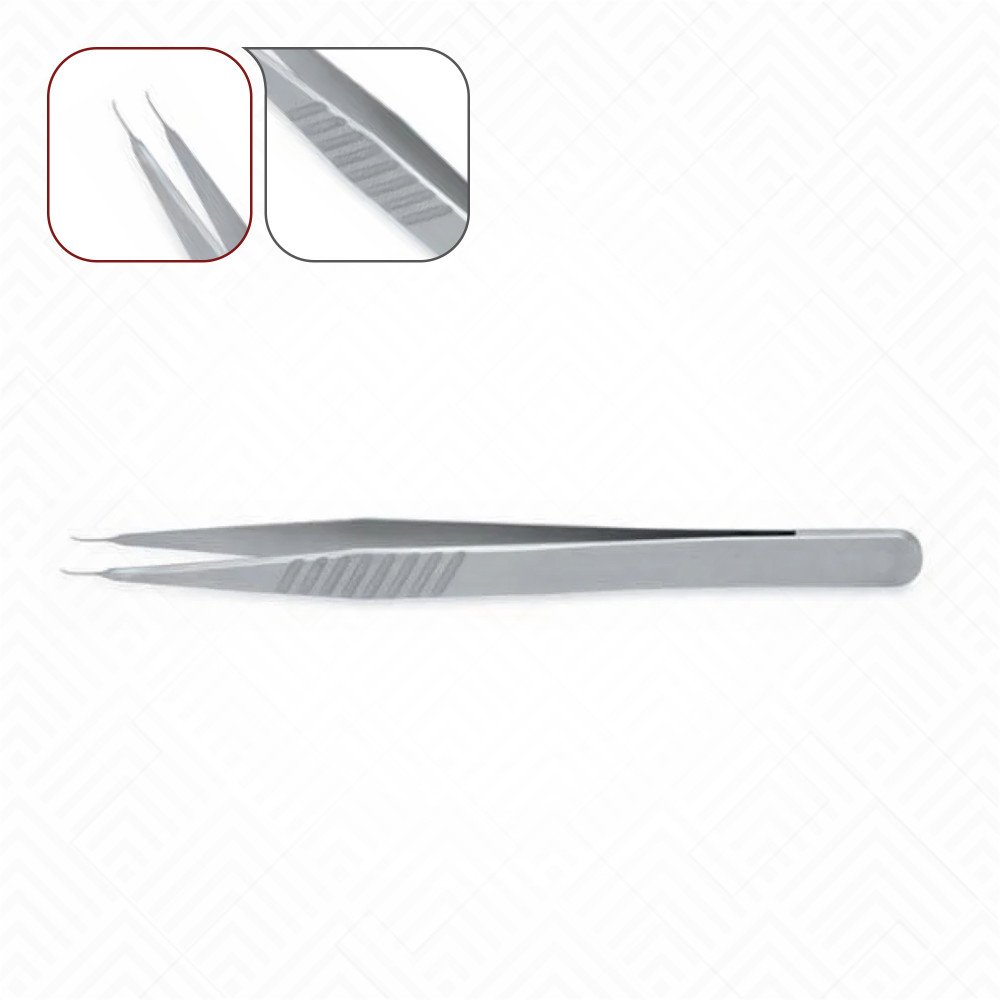The Essential Role of the Vessel Dilator in Surgery
Wiki Article

In modern surgical practice, precision and control are paramount to achieving successful patient outcomes. Among the vast array of specialized tools available to surgeons, the vessel dilator holds a place of critical importance. This instrument is fundamental for a variety of procedures, enabling clinicians to safely and effectively access and expand blood vessels. The quality of a vessel dilator directly impacts the surgeon's ability to perform delicate maneuvers, making the choice of instrument a decision that carries significant weight. Understanding its function, variations, and the importance of superior craftsmanship is essential for any healthcare professional dedicated to excellence in patient care.
Understanding the Function of a Vessel Dilator
The primary function of a vessel dilator is to gently and progressively widen a blood vessel, preparing it for the insertion of a catheter, sheath, or other medical device. This controlled expansion minimizes trauma to the vessel wall, reducing the risk of complications such as perforation or dissection. Surgeons rely on the precise design of a high-quality vessel dilator to provide smooth and predictable dilation. The instrument's tapered tip and smooth surface are engineered to navigate the vascular system with minimal resistance, ensuring a safe passage for subsequent devices. This careful preparation is a cornerstone of many endovascular and cardiovascular procedures, where maintaining the integrity of the vessel is non-negotiable.
The Importance of Material and Design Quality
When selecting surgical instruments, the material and design quality are not just details; they are defining factors in procedural success. A well-crafted vessel dilator is typically made from biocompatible, medical-grade polymers that offer the right balance of flexibility and firmness. This allows the instrument to follow the natural curvature of a vessel without kinking, while still providing enough rigidity to effectively hegar dilator set the tissue. For surgeons and medical students, recognizing the tactile feedback provided by a superior instrument is a crucial skill. A poorly constructed tool can lead to imprecise control, increasing the potential for iatrogenic injury and compromising the entire procedure. Therefore, investing in high-quality instruments is an investment in patient safety.
Applications Across Surgical Specialties
The utility of the vessel dilator extends across numerous surgical disciplines, highlighting its versatility. In interventional radiology and cardiology, it is indispensable for gaining percutaneous access for procedures like angioplasty, stenting, and catheter-based therapies. Vascular surgeons frequently use it to prepare arteries and veins for grafts or endovascular repairs. Even outside of strictly vascular procedures, its principles are applied. The instrument's ability to create a safe and patent pathway is a technique that informs the design of other dilating tools used in urology, gastroenterology, and minimally invasive surgery, demonstrating its broad impact on surgical technique.
Advancements and Proper Technique
Surgical techniques and the tools that support them are in a constant state of evolution. Modern advancements have led to the development of specialized vessel dilator sets that include various sizes and lengths, allowing for a tailored approach to each patient's unique anatomy. Proper technique is just as crucial as the instrument itself. Surgeons must use fluoroscopic guidance and a gentle, steady hand to advance the vessel dilator over a guidewire. This ensures the instrument remains within the vessel lumen and avoids creating false passages. For healthcare professionals in training, mastering the use of this tool is a fundamental step toward proficiency in a wide range of advanced procedures, reinforcing the need for both quality tools and comprehensive education.
Choosing the Right Vessel Dilator for Optimal Outcomes
Ultimately, the goal of any surgical intervention is to provide the best possible outcome for the patient. The choice of a vessel dilator is a critical component of achieving that goal. Surgeons and healthcare institutions must prioritize instruments that are manufactured to the highest standards of precision and reliability. A dependable instrument provides the confidence needed to navigate complex anatomical structures and perform delicate tasks effectively. By ensuring every tool meets exacting specifications, from its material composition to its ergonomic design, we empower healthcare professionals to deliver superior care and copyright their commitment to excellence in every procedure.
Report this wiki page